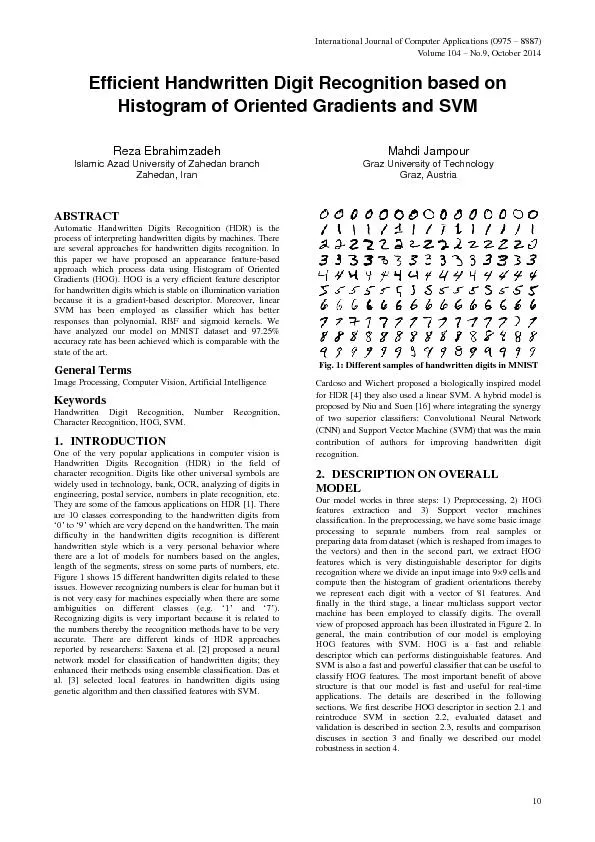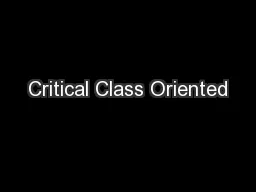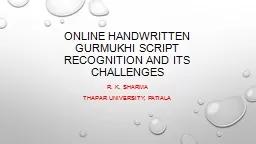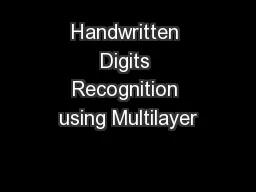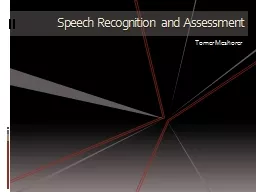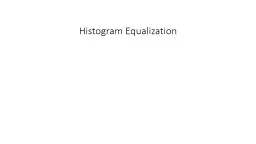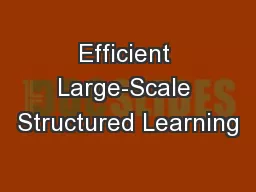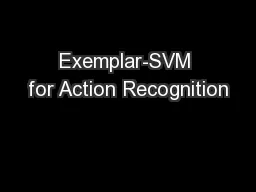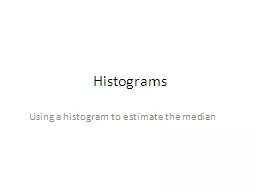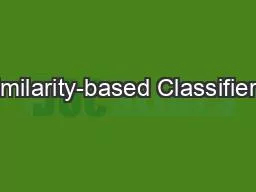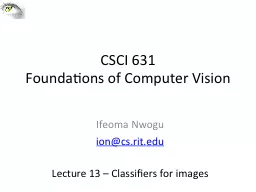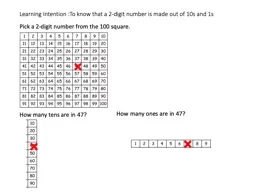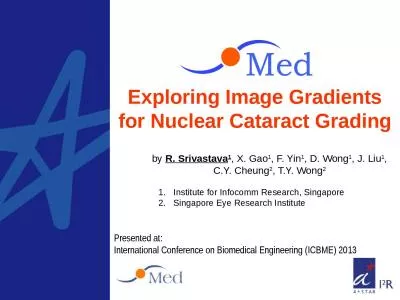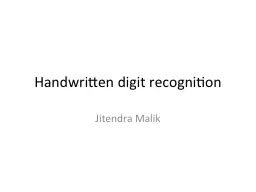PDF-Efficient handwritten digit recognition based on histogram of oriented gradients and SVM
Author : yoshiko-marsland | Published Date : 2017-04-10
x2013 8887 Volume 104 x2013 No 9 October 2014 10 Efficient Handwritten Digit Recognition based on Histogram of Oriented Gradients and SVM Reza Ebrahimzadeh Islamic
Presentation Embed Code
Download Presentation
Download Presentation The PPT/PDF document "Efficient handwritten digit recognition ..." is the property of its rightful owner. Permission is granted to download and print the materials on this website for personal, non-commercial use only, and to display it on your personal computer provided you do not modify the materials and that you retain all copyright notices contained in the materials. By downloading content from our website, you accept the terms of this agreement.
Efficient handwritten digit recognition based on histogram of oriented gradients and SVM: Transcript
Download Rules Of Document
"Efficient handwritten digit recognition based on histogram of oriented gradients and SVM"The content belongs to its owner. You may download and print it for personal use, without modification, and keep all copyright notices. By downloading, you agree to these terms.
Related Documents

